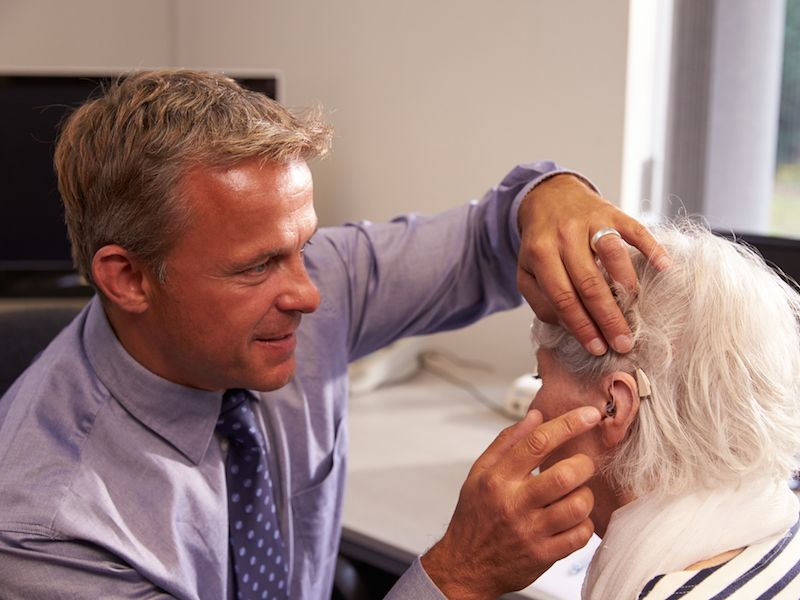
The numbers don’t lie: you may need hearing aids eventually. A study from NIDCD states that approximately a quarter of all individuals from 60 to 75 have some form of loss of hearing, and that figure jumps up to 50% for those 75 and older. But how can you be certain which model is correct for you when you realize it’s your best chance of combating loss of hearing? Hearing aids at one time had issues such as susceptibility to water damage and excessive background noise but modern day hearing aids have solved these types of issues. But to ensure your choice of hearing aid is right for you, there are still things you need to think about.
Look Closely at Directionality
One crucial feature you need to look for in a hearing aid is directionality, which has the ability to keep background noise down while focusing on sound you want to hear including conversations. Most hearing aids have different directionality systems, which either focus in on the noise right in front of you, the sound that’s coming from different speakers, or a combination of those two.
Will Your Hearing Aid Connect With Your Phone?
As a country, we’re addicted to our phones. Even if you don’t have a smartphone, it’s likely you have an old-style cell phone. And on the off-chance that you don’t have any type of cell phone, you probably still have a land-line. So, the way your hearing aid works with your phone is an essential concern when you’re shopping for hearing aids. How does it sound? Are you capable of discerning voices plainly? Does it feel comfortable? Are there any Bluetooth connectivity features available? When shopping for new hearing aids, you need to consider all of these.
Are You Inclined to Wear it?
In the last few years, as noted above, the development of hearing aids has significantly improved. One of those advances has been the size and shape of hearing aids, which are a great deal smaller nowadays. However, there are always going to be some trade-offs. It is dependant on what your particular needs are. A smaller hearing aid is not as obvious and might fit better but a larger one could be more powerful. You can get a hearing aid that fits directly into your ear canal and is basically invisible, but it won’t have many of the features available in larger hearing aids and can sometimes be prone to earwax clogs. On the other side of it, a behind the ear hearing aid is bigger and might be more obvious, but often come with more directionality functions and provide more options for sound amplification.
What Type of Background Noise Will You be Exposed to?
One of the most significant issues since hearing aid technology has been invented has been wind noise and the chaos it wreaks on users. Being outside on a windy day with a traditional hearing aid once meant that you couldn’t pick up anything but the wind, which is could drive anyone nuts. If you’re an outdoors person or you live in a windy area, you’ll want to control wind noises with your hearing aid choice so that conversations won’t have that frustrating wind howl. Searching for more information about how to choose the right hearing aid? Get in touch with us.
